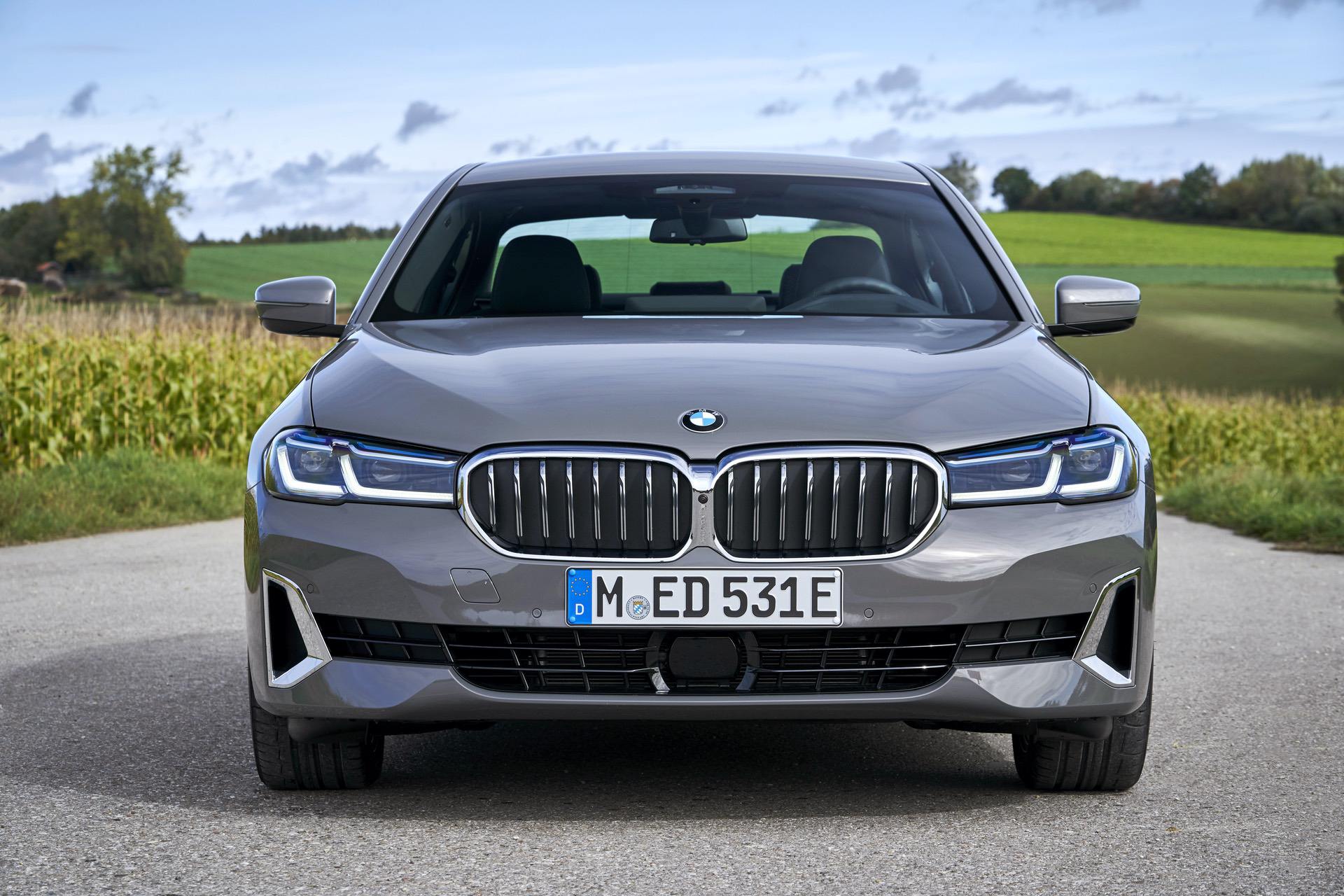According to BimmerToday, the BMW 520e will be discounted this April. The BMW 5 Series family offered the widest range of plug-in hybrids – from the entry-level 520e to the 530e and the 545e. The BMW 5 Series has as many as five electrified models. So it was quite common to see an electrified fleet of 5 Series models on the road in Germany. But the 520e Sedan and 520e Touring are looking at an early retirement. The current price list lists both variants as “Available until April 2022” which certainly doesn’t come as a surprise considering that BMW is preparing for the launch of the G60 5 Series generation.
The BMW 520e, just like the BMW 320e, is powered by a a 2.0-liter 4-cylinder petrol engine with 120 kW/163 hp and an electric motor. Together they generate a system output of up to 150 kW/204 hp. The two engines transmit their drive torque to the rear wheels via the 8-speed Steptronic transmission or, to all four wheels as required with the help of the xDrive system. The maximum system torque is 350 Nm.
That power is enough to propel the BMW 520e Sedan from a standstill to 100 km/h in 7.9 seconds, with a top speed of 225 km/h. The new BMW 520e Touring completes the standard sprint in 8.2 seconds and reaches a top speed of 218 km/h. In purely electric driving mode, the new plug-in hybrid models of both series can reach a top speed of 140 km/h. The lithium-ion batteries offer a gross energy content of 12.0 kWh and a capacity of 34 Ah. The electric range, according to the WLTP test cycle, is 41 to 55 kilometers for the 520e Sedan and 45 to 51 kilometers for the 520e Touring.
The high-voltage battery can be charged with a maximum of 3,7kW from 0 to 80 per cent of its total capacity in 2.6 hours and from zero to 100 per cent in 3.6 hours. BMW installed the battery below the rear bench, yet the cargo space is generous. The 520e Sedan gets 410 liters of boot space. In the new BMW 520e Touring, storage space can be increased from 430 to 1,560 liters.
BMW’s push for electrified 5 Series will continue with the next generation of the business sedan as well. The increasingly strict CO2 limits for the European new car fleet pushes automakers to have a diversified lineup, so in BMW’s case, that implies both plug-in hybrids and fully electric models.






































































